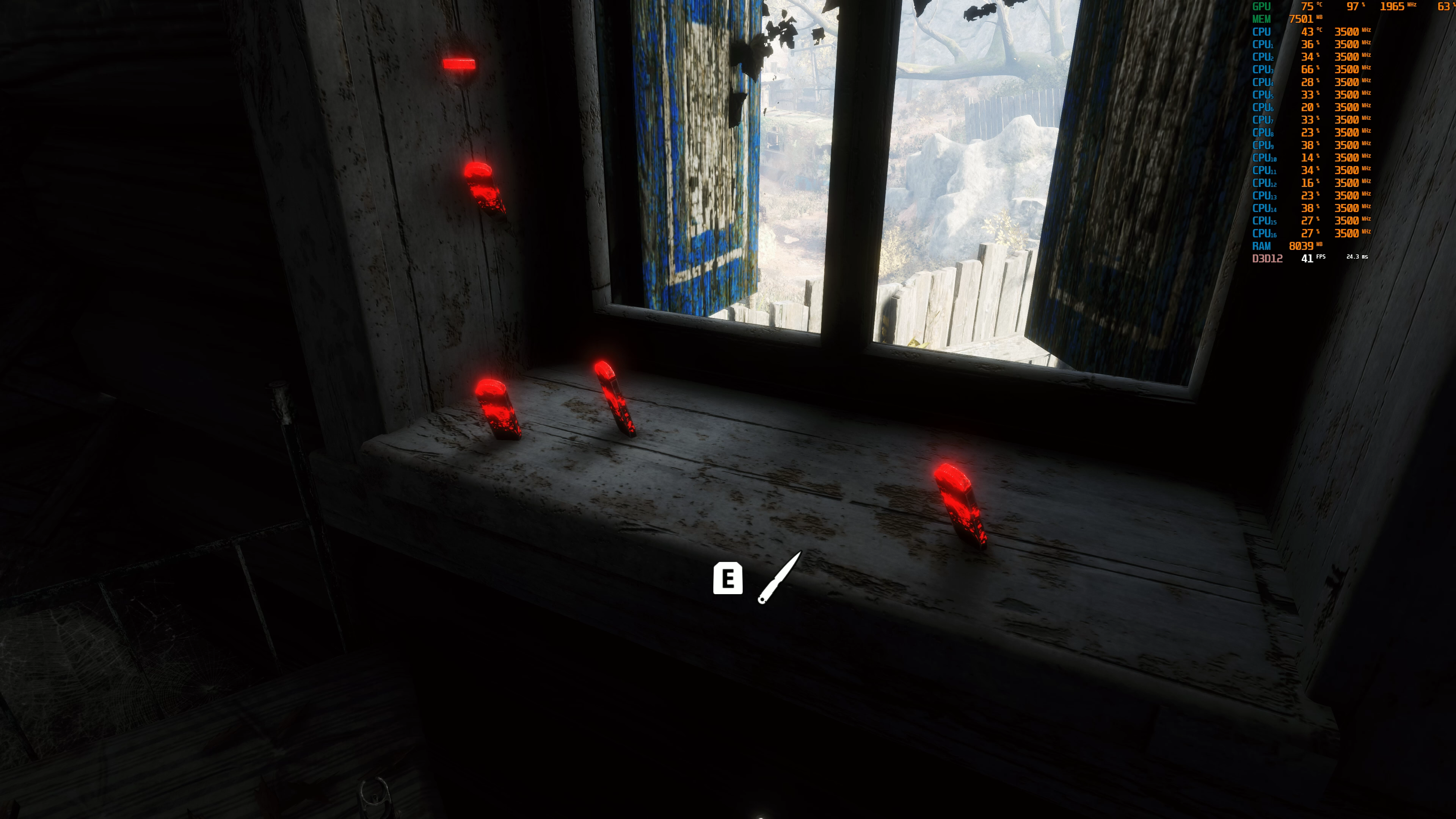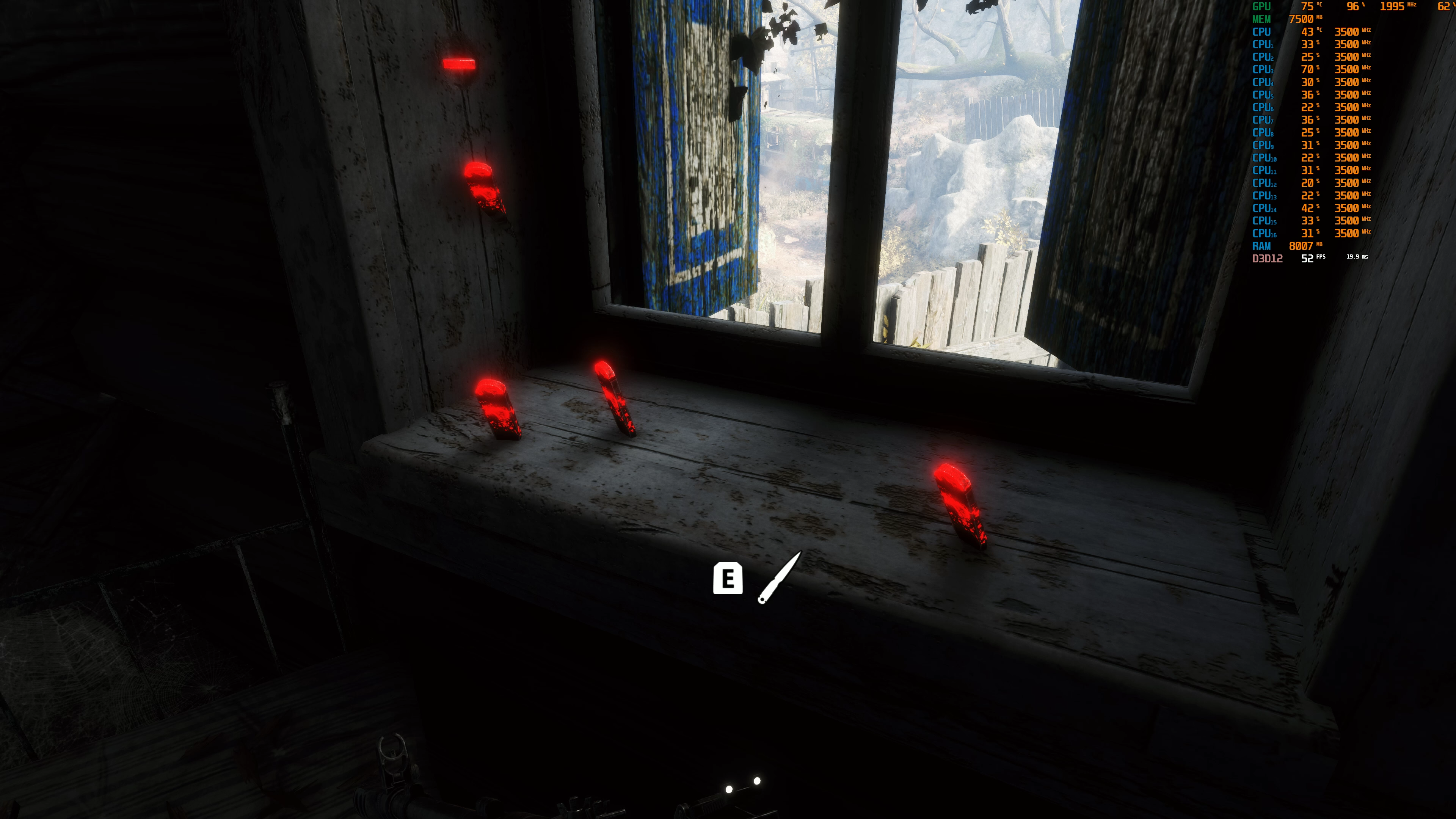Yes. Denoising can only give a good result after some time when enough matching samples are available. If you do it in screenspace, similar artifacts then with SS fakery are expected with fast motion.One thing I find curious about RTX examples is the temporal element. Here, it's quite apparent in the lag in the shadows. The volumetric solutions suffer from lighting lag as a result of the algorithm, but I don't understand it in the RT examples. Is it a result of the denoising accumulating temporal samples?
In this example it is not acceptable, same in other UE4 videos.
We see in the video the performce never changes: 8.3 ms no matter if SSAO, RTAO, or RTAO + denoising.
Either this is some vsync or they use a very fast denoiser that just is not good enough.
(still wondering about denoising costs...)
Edit: As they are the gods of TAA, maybe they try to do it with a simple extension of this for now.


